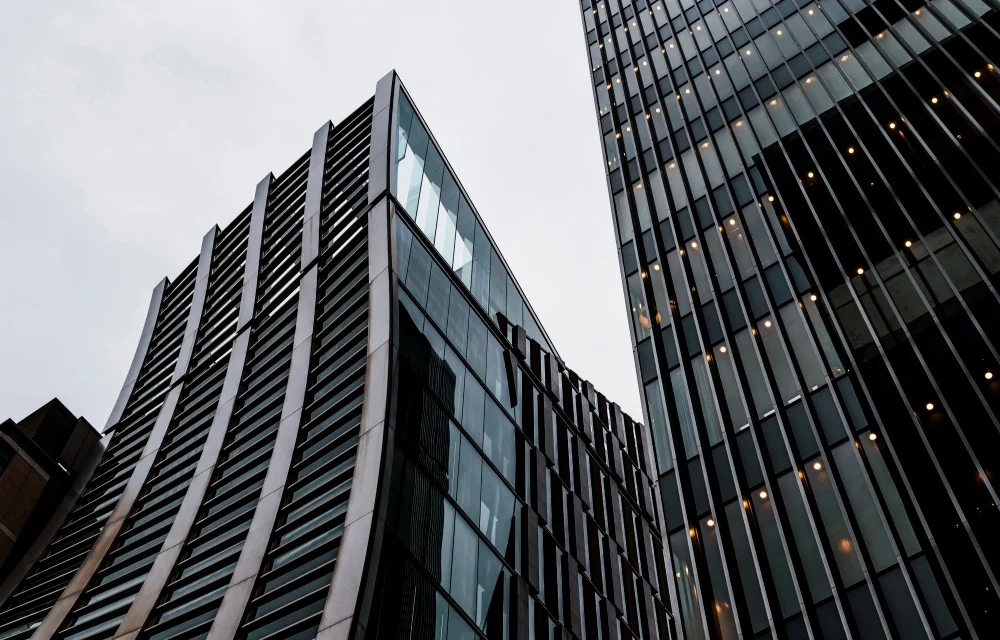Cladding: The Modern Architectural Envelope for Building Facades and Its Multiple Benefits
Cladding, or architectural wrapping, is one of the most prominent techniques used in recent decades in the field of construction and architecture. Cladding involves using specific materials to cover the exterior facades of buildings. In this article, we'll discuss the multiple benefits of using cladding.
Protection from Environmental Factors Cladding provides an effective barrier against rain, wind, and sun, protecting the building's structure from potential damage due to continuous exposure to various weather conditions.
Improved Thermal Insulation Cladding enhances a building's thermal insulation efficiency, leading to reduced energy consumption by lessening the need for heating in winter or cooling in summer.
Aesthetics and Design Cladding allows architects and project owners to add contemporary and appealing aesthetic touches to buildings.
Aesthetics and Design Cladding allows architects and project owners to add contemporary and appealing aesthetic touches to buildings.
Durability and Longevity Cladding protects the building and increases its lifespan by shielding the core structure from factors that could cause corrosion or deterioration.
Low Maintenance Most types of cladding require minimal maintenance, which reduces ongoing building costs and saves time and effort in the long run.
Increased Property Value Using cladding can increase property value due to its attractive appearance and the operational benefits it offers.
Sustainability Many cladding materials are considered sustainable and environmentally friendly, making buildings greener and contributing to environmental protection.
In conclusion, cladding is an important and effective option for modern buildings, not only in terms of aesthetics but also in energy and maintenance savings, and providing effective protection against environmental factors.



